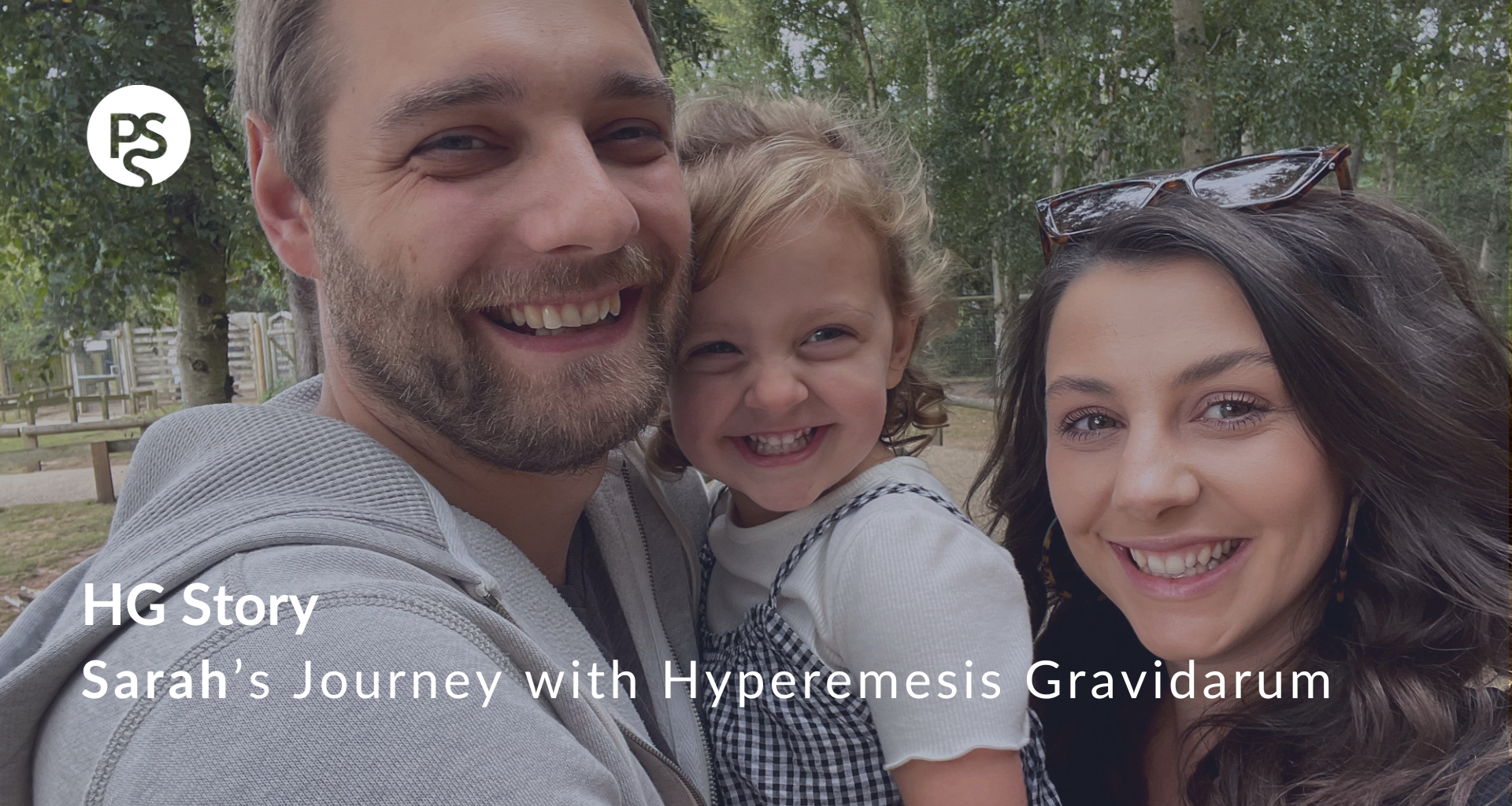Safer storytelling

Sharing Your Story with Confidence and Care
Sharing personal experiences can be incredibly powerful. Stories help raise awareness, challenge stigma, and connect us with others who may feel alone in their journey. However, sharing difficult experiences—especially those related to health and trauma—requires care, both for yourself and for those who will hear your story.
At Pregnancy Sickness Support, we encourage safer storytelling—an approach that prioritises your well-being, the safety of others, and the impact of your words.
This guide is designed to support you in sharing your lived experiences in a way that feels safe, empowering, and sustainable. Whether you’re speaking out to raise awareness about Hyperemesis Gravidarum (HG) or sharing your journey for personal reflection, here’s what to consider before you begin.
What is safer story telling?
Safer storytelling is an approach to sharing lived experiences that ensures:
1. Your safety and well-being – Your emotional and mental health comes first.
2. The safety of your audience – Stories can be powerful, but they should be shared responsibly to avoid harm.
3. Reducing stigma – Framing stories in a way that educates and raises awareness without reinforcing harmful myths.
Safer stories are:
Purposeful – Your story has a clear message or takeaway.
Meaningful – It connects with your audience and fosters understanding.
Sustainable – It does not negatively impact your well-being.
Empowering – It communicates hope, awareness, and positive change.
Before you tell your story think about the following questions...
Examples of key messages could be:
“HG is not just morning sickness—it’s a serious condition.”
“Speaking out helped me find support and recovery.”
“Anyone can be affected by HG.”
“I want my story to inspire open conversations about maternal health.”
- How are you feeling right now?
- Looking at your experience?
- Who has heard your story?
- What is your key message?
If you are feeling overwhelmed, it may be best to wait until you feel ready.
If telling your story brings a sense of hope or closure, it may be the right time. If not, you might consider waiting.
There is no set rule, but consider how you would feel about sharing your story in five, ten, or even twenty years.
If loved ones are part of your story, do they know you are sharing it? You may want to speak with them first.
Think about what you want people to learn, feel, or do after hearing your story.
Safeguarding yourself & others
Once something is shared publicly, it can be accessed for years to come. Before going public, consider not just your current situation but also your future one.
- Will you be comfortable with this story being online in the future?
- Would you be okay with colleagues, employers, or distant acquaintances reading it?
Setting Boundaries
Healthy boundaries are essential for self-care and emotional safety. Consider:
- How much of your story you are comfortable sharing.
- Who you want to share it with, whether publicly, within a private group, or with close friends.
- Talking to a trusted contact before sharing.
Language and Content: Responsible Storytelling
The way we tell stories matters. While honesty is important, some details, such as graphic descriptions or mentions of self-harm, can be distressing for both the storyteller and the audience.
- Avoid unnecessary graphic details. It is okay to talk about struggles, but vivid descriptions of distressing events are not always necessary.
- Be mindful of language. Words carry power, so choose language that reduces stigma and promotes understanding.
- If discussing suicidal thoughts or self-harm, consider providing support resources.
- PSS will always signpost to resources as part of your story.
Looking after yourself after sharing
Even when sharing is a positive experience, it can bring up unexpected emotions. Some people feel empowered and validated, while others may feel emotionally drained or vulnerable.
Debriefing After Sharing
- Take time to reflect. How did sharing your story make you feel?
- Talk to someone you trust. A friend, family member, or professional can offer support.
- Acknowledge your emotions. It is normal to feel a mix of relief, sadness, or even doubt after sharing.
Your story is yours to tell—and you have the right to decide when, where, and how you share it. Safer storytelling ensures that your voice is heard without compromising your well-being.
If you ever need support in sharing your experience, we’re here to help.
Self-Care Tips
Long-term well-being:
- Stay connected with loved ones
- Spend time in nature
- Prioritise sleep and relaxation
- Engage in activities you enjoy
In-the-moment self-care:
- Call a trusted friend or family member
- Step outside for fresh air
- Make a cup of tea, drink water, or have a snack
- Take a short nap or do a breathing exercise
- Watch a favourite show, read, or do a relaxing hobby.
